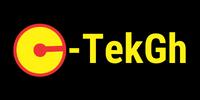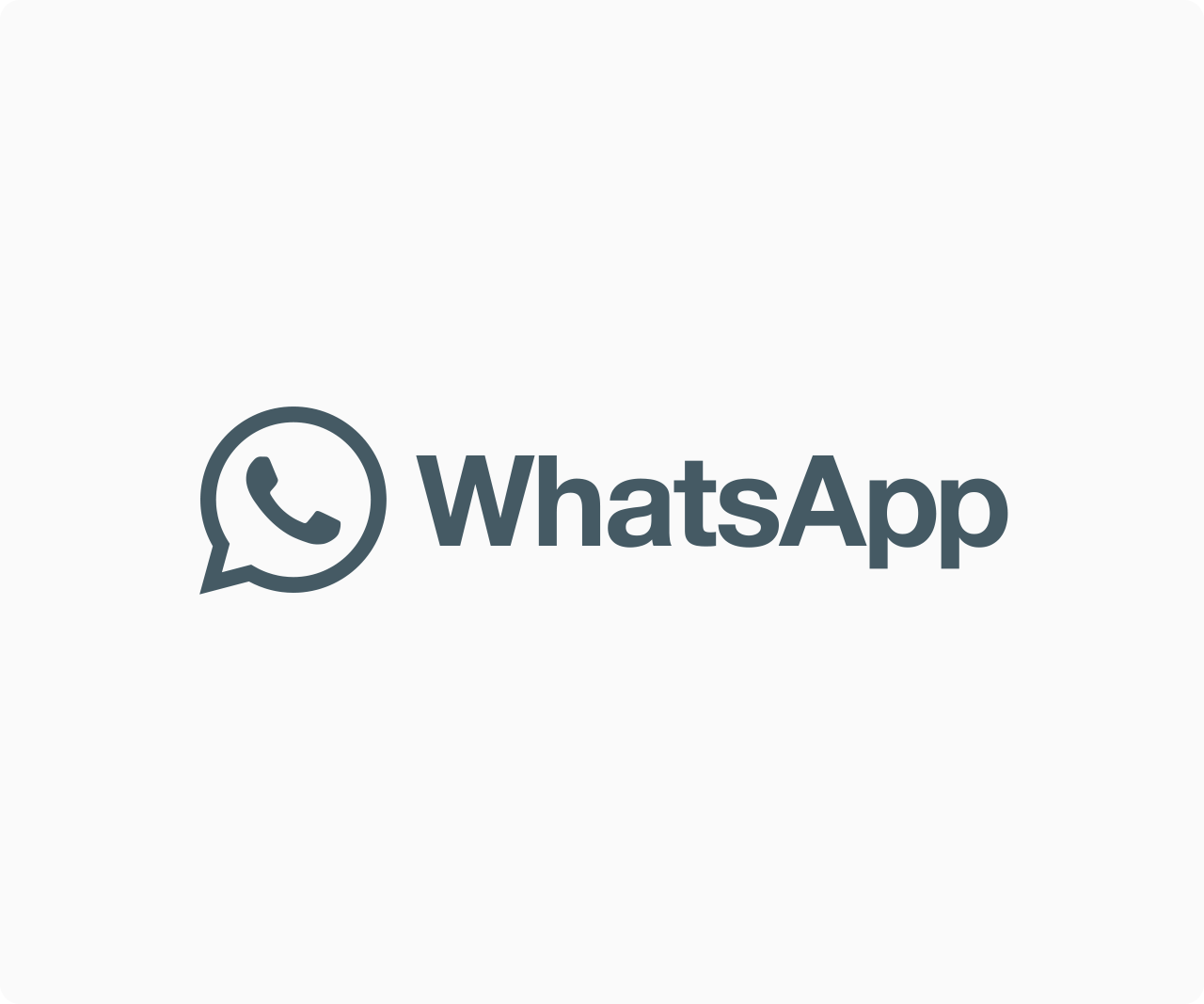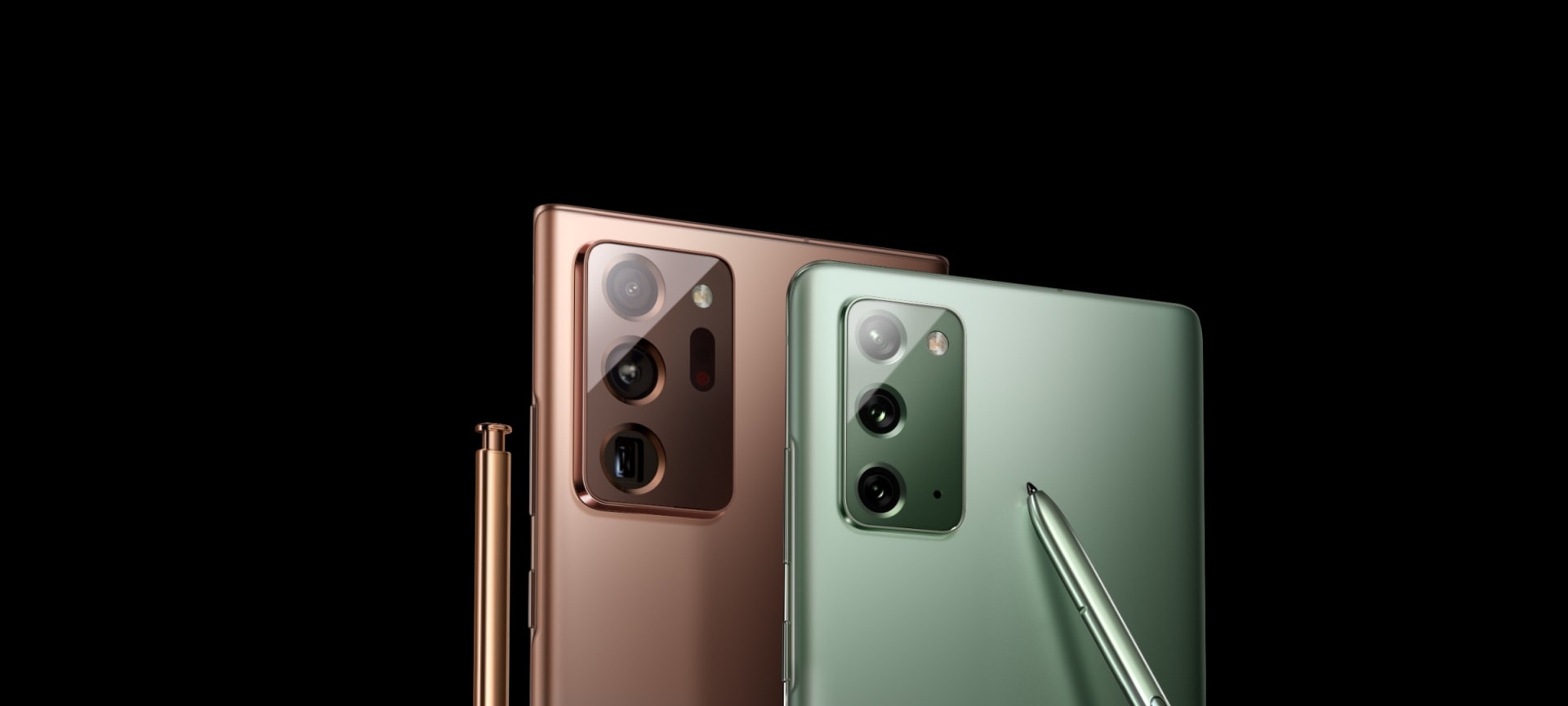Games
What Is Cloud Gaming, Everything You Need To Know
Cloud gaming has been introduced by Google Stadia, Xbox Game Pass, and PlayStation Now, which would have been unheard of a decade ago. The principle is straightforward. Rather than purchasing a console and disc, you may stream a game to any monitor you own, similar to how Netflix works. But what precisely is cloud gaming? What’s more, how does it function?
We’ve compiled all you need to know about cloud gaming, including its rough beginnings, an explanation of how the technology works, and the many platforms accessible now.
What is cloud gaming, and how does it work?
Cloud gaming refers to the practice of playing video games on servers located remotely in data centers. On a PC or console, there is no need to download and install games. Instead, to deliver gaming data to an app or browser installed on the target device, streaming services require a stable internet connection. The game is rendered and played on a distant server, yet everything is seen and interacted with locally on your device.
It’s the same as Netflix or any other streaming service. The only difference is that the server providing the video stream may also detect and respond to your inputs. You won’t require a powerful RTX 30-series graphics card, nor a new Xbox Series X or PlayStation 5. All you need for cloud gaming is a stable internet connection.
This brings up a slew of opportunities. You may use a phone clip to play the latest AAA games on your phone, or you can use a Chromebook to run a cloud gaming program for very portable PC gaming. That is why cloud gaming is intriguing, but the technology has not yet reached its full potential.
What is cloud gaming and how does it work?
In most cases, cloud gaming necessitates a monthly or yearly membership to gain access to the material. Certain services need the purchase of games in addition to the charge.
The games you buy through GeForce Now originate from other stores like Steam or Battle.net, so you can play them locally if you get the requisite hardware later. The catch is that you must queue in order to stream these games, and you can only play for a limited amount of time. Upgrading to the subscription model puts you in front of the line and gives you extra time to play.
READ ALSO: Realme X9 Pro Appears On MIIT, Realme X9 Clears Tenaa Certification
Google Stadia, Nvidia’s main competitor, uses a different model. You can buy games on Google’s marketplace and stream them in full HD to any supported device with no wait times. The paid subscription raises the resolution to 4K and adds a library of games that you can play for “free” as long as the subscription is current, similar to Xbox Game Pass. However, unlike GeForce Now’s Steam roots, these titles cannot be downloaded and installed locally.
Dedicated or web-based apps are frequently provided by cloud gaming services to stream games. On desktop PCs, Google Stadia, for example, is accessed via a web app. On Apple devices, Google also provides a web app for playing Stadia via Safari. The Google Play Store offers a specific app for Android. To begin the streaming session, gamers must press or click the Play button in all situations.
The latest controllers, as well as the standard mouse and keyboard combination, are usually compatible with cloud streaming services via Bluetooth. On touchscreen devices, such as phones and tablets, you’ll also have the option to use on-screen controls. Unless you’re streaming over the Chromecast Ultra, which requires Google’s $70 Stadia Controller, even Google Stadia will operate with these inputs.
You effectively have access to a gaming PC in a data center when you use the cloud. However, each service handles its servers in a unique way. Shadow, for example, provides cloud access to a full Windows 10 PC, but Microsoft’s Game Pass streaming is essentially a group of Xbox One S machines crammed into a server rack. You’re borrowing a modest bit of computational power from what is essentially a supercomputer, regardless of the setting.
The game is rendered on the servers, and you are sent a video feed of the final product. Player input is the stumbling block in this system. Because games update based on what the player is doing, cloud gaming services require a two-way data highway. Your inputs are sent to the server, which then returns a video stream.
What is the history of cloud gaming?
Cloud gaming has been present since the late 2000s, but it took several years for the technology and internet connections to be optimized for its implementation.
OnLive, the first significant cloud gaming service, debuted in June 2010. It used a small game streaming “micro” console and a unique controller, similar to what Google Stadia does currently. It was also browser-based on Windows and MacOS, Android tablets and smartphones, and Nvidia’s first Shield, among other platforms.
OnLive featured titles like the original Borderlands and Darksiders, which were available on consoles at the time. These games had comparable visual quality to standard systems, while the technology was still in its early stages, resulting in latency concerns on several games. Internal concerns, on the other hand, created a shift in the corporation, eventually leading to its death and the transfer of its assets to Sony.
Simultaneously, game creator David Perry (Earthworm Jim, MDK) unveiled Gaikai, which had two distinct models. In an attempt to fight internet sales at the time, one business gave streaming demonstrations to websites for players to try and later buy through local merchants. The WikiPad was part of the second model, which streamed entire games purchased from publishers to websites, smart TVs, and even the WikiPad.
Gaikai was acquired by Sony in 2012 and integrated into the PlayStation Network. Owners of PlayStation consoles can use this technology to stream their installed games to other devices, such as the PlayStation Vita, across any network. PlayStation Now, the first game-streaming service from a console manufacturer, was also launched as part of the deal. PlayStation 2/PS3/PS4 games can be streamed to PS4 or PS5, Windows PC, Mac, and mobile devices.
Why is cloud gaming so popular right now?
Infrastructure has been the most significant stumbling block for cloud gaming. Previous attempts, such as OnLive and Gaikai, failed because they lacked the bandwidth and scope of services available today. Microsoft, Google, and Amazon’s cloud networks have enabled worldwide reach, allowing various cloud gaming platforms to quickly install and extend to other locations.
Aside from technical reason, cloud gaming is getting increasingly popular as a result of its effectiveness. Although fans had bought in, cloud gaming pioneers OnLive and Gaikai lacked the performance and reach to penetrate into the public.
Cloud gaming now gets financial backing from some of the world’s largest tech companies, allowing for lower latency, faster frame rates, and a more straightforward setup process. Stadia and GeForce Now have mastered the basics, allowing them to focus on the more practical aspects of cloud gaming.
You won’t have to worry about storage space, for example. You never download anything outside of the streaming service’s app, so you don’t have to deal with 100GB downloads for the latest Call of Duty game. You don’t need to upgrade your components, either. Rather than paying $500 on a new console capable of delivering 4K games at 60 frames per second, you can simply purchase the game and begin playing immediately.
Cloud gaming, above all things, is convenient. You can play no matter what screen or technology you have because it works across devices. This is likely to be the most crucial feature of cloud gaming in the future, decreasing the entry barrier for live-service games like Destiny 2 that people want to play with their friends without having to buy a console or PC (there’s a reason Stadia was launched with Destiny 2, after all).
Cloud gaming will most likely not replace traditional hardware, but it will supplement it, as it has already done.
Who are the forerunners in the cloud gaming space?
There are now three big cloud gaming front runners, but we expect several others to emerge in the not-too-distant future.
Google Stadia
Google Stadia is essentially a cloud-based game console. The service is free, but the games must be purchased.
The “free” model, as previously indicated, streams all Stadia-purchased games in full HD. The monthly subscription raises the resolution to 4K and gives you access to a “free” library of games if you keep your subscription active. You “own” the games you buy, but they can only be played through Stadia, similar to how you buy games on the Play Store.
Along with agreements with publishers like as Ubisoft, Bethesda, Square Enix, and THQ Nordic, Google has also invested in first-party exclusive games, led by former EA and Ubisoft executive Jade Raymond. Cyberpunk 2077, Baldur’s Gate 3, Watch Dogs: Legion, Borderlands 3, and a slew of other third-party games are currently available.
Now is the time for GeForce.
Google Stadia uses the exact opposite technique as GeForce Now. GeForce Now works with the games you already own on Steam, the Epic Games Store, and other PC gaming platforms, rather than a cloud-based game console. It’s also completely free. Users who are not paying can play for an hour at a time using games they already possess, but they may have to wait in line. Despite the fact that sessions are limited to an hour, you can begin another session right afterwards. Users who pay $5 per month have immediate access and a six-hour session length, as well as the ability to enable ray tracing in compatible titles.
Originally, GeForce Now worked with almost every PC game available, but publishers quickly rectified this. Although some of the most popular AAA titles were removed, Nvidia has gradually brought more to the platform. It now works with all new Ubisoft games, practically every Epic Games Store title, and a boatload of other AAA titles. Despite the fact that the list of supported titles isn’t as extensive as it once was, GeForce Now still has a much larger library than Stadia and Xbox Cloud Gaming combined.
GeForce Now runs on Windows, Mac, Android TV, Android, Safari, and iOS, with a Chrome browser version in beta.
The most significant distinction between GeForce Now and other cloud gaming systems is that you own your games on another platform. Stadia games can only be played on Stadia, while Xbox Cloud Gaming can only play games from the Game Pass library. If you decide to buy a gaming PC later or cancel your GeForce Now membership, you may still download and play the games you purchased on Steam, the Epic Games Store, or anywhere else.
Cloud Gaming on Xbox
Xbox Cloud Gaming, which debuted as part of Xbox Game Pass Ultimate in September 2020, is expected to be a strong challenger in 2021. This platform has two components: one for Xbox Game Pass and another for installed games.
The Xbox Game Pass section contains a special list of cloud-enabled titles that are only available to Ultimate subscribers. These games are available to stream until Microsoft replaces them with new titles, or you may buy them at a discount and stream them eternally (more on that in a second).
The Xbox Game Pass component is now limited. It only works with Bluetooth-enabled Android 6.0 or newer mobile devices. To get past the App Store’s restrictions, Microsoft is reportedly developing a web app for Safari on Apple devices (just like Google Stadia). Support for Windows 10 isn’t slated to arrive until Spring 2021, with smart TV and streaming stick support coming later.
The Console Streaming service from Microsoft is the second component. Previously, Xbox owners could use the Xbox app (or the premium OneCast app on Apple devices) to stream their owned and installed games to Windows 10 PCs and Android devices, but only within their local network. So long as the game is installed on the home console, console owners can now stream their games to client devices connected to any network, including cellular, as long as the game is installed on the home console.
Which cloud gaming platform is the most suitable?
Your choice of cloud gaming service will mostly be based on your preferences for certain features or games, but there are a few characteristics that can help narrow down your options.
PlayStation Now on PS4/PS5 and Xbox Cloud Gaming on Xbox One/Series X are your alternatives for cloud gaming on your platform. PlayStation Now is a straight-up game streaming service for those consoles and Windows 10 PCs — you don’t even need to own a PlayStation. Cloud Gaming from Microsoft is a two-pronged solution that allows you to stream installed games or select titles from the Game Pass catalog.
PC gamers: There are other options available to PC gamers, but GeForce Now is undoubtedly the finest. It works with the PC games you already possess, and if you purchase a local setup, you can continue to play those games in the future. If you want a high-powered PC in the cloud, Shadow is a great second choice. Stadia is also a good option, but the games you want to play must be purchased in full.
Microsoft has demonstrated the greatest dedication to cross-platform play of the three major console manufacturers. We expect this to continue with Xbox Cloud Gaming, as Xbox One and PC gamers can already play select titles with Switch and PS4 players. On the new consoles, the options should only expand. Stadia is ideal for free games that don’t currently enable crossplay, such as Destiny 2.
What’s the difference between a video game subscription service and a video game streaming service?
It’s easy to get confused because game-streaming services and game subscription services sound similar, but there are a few distinguishing characteristics.
Streaming video games
Game streaming is comparable to other types of streaming, such as Netflix or Hulu, only you’re watching games instead of television and movies. Google Stadia is an example of this type of service, in which you can’t download or save games to your device. On the other hand, you won’t have to worry about installing updates or dealing with large file sizes or expensive hardware requirements. PlayStation Now is an example of this, as it allows you to download specific titles to your PS4 or PS5.
Game subscription
You pay for access to a vault of games that you download and play locally on your device, similar to Xbox Game Pass and Apple Arcade. Although Xbox Game Pass has just included a streaming option, game subscriptions do not use streaming.
You have full access to those games as long as you pay for a membership. However, paying your monthly price does not guarantee that you will have access to particular games, so if one of your favorites is removed from the subscription service, you will have to purchase the game yourself.




